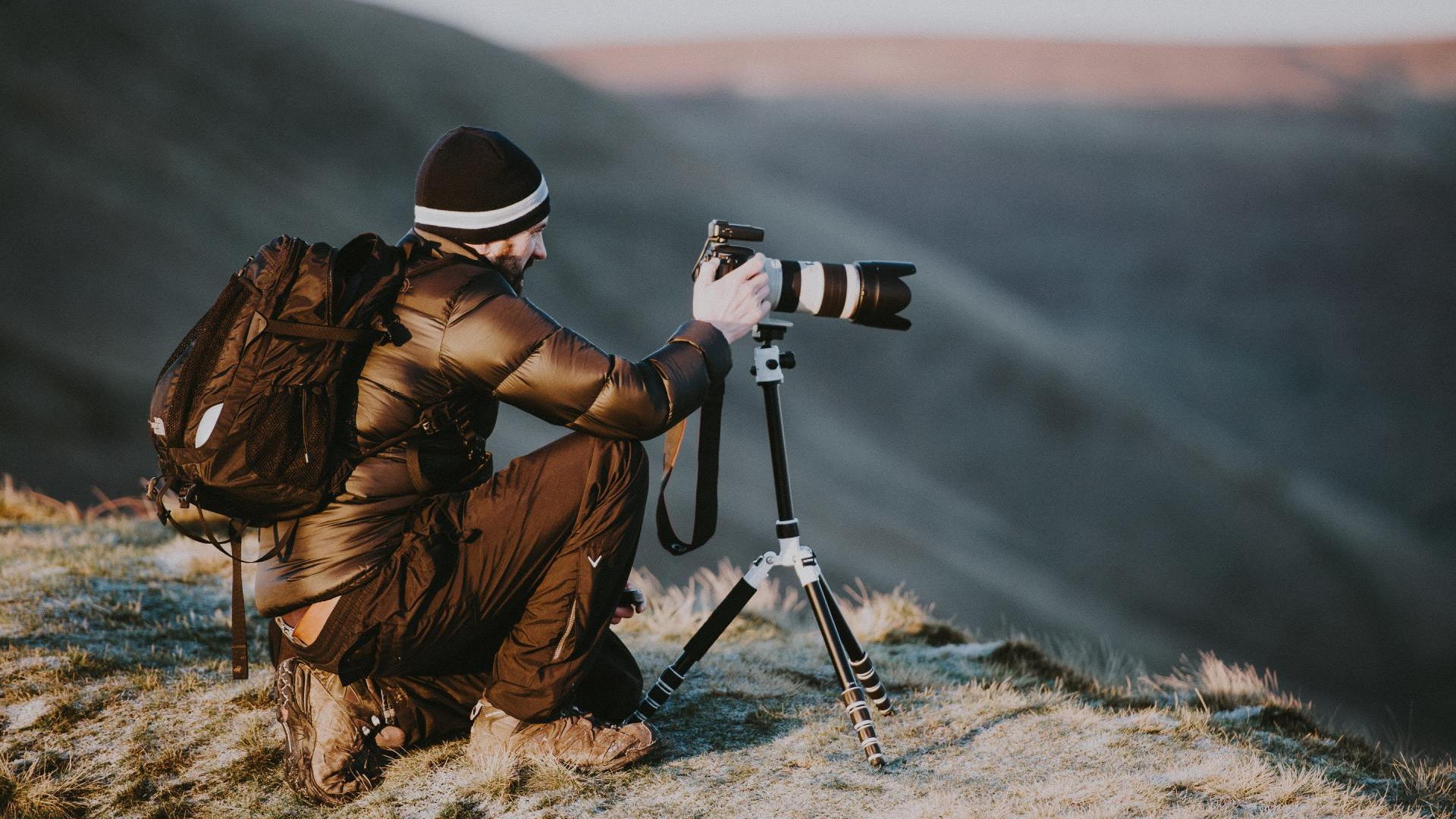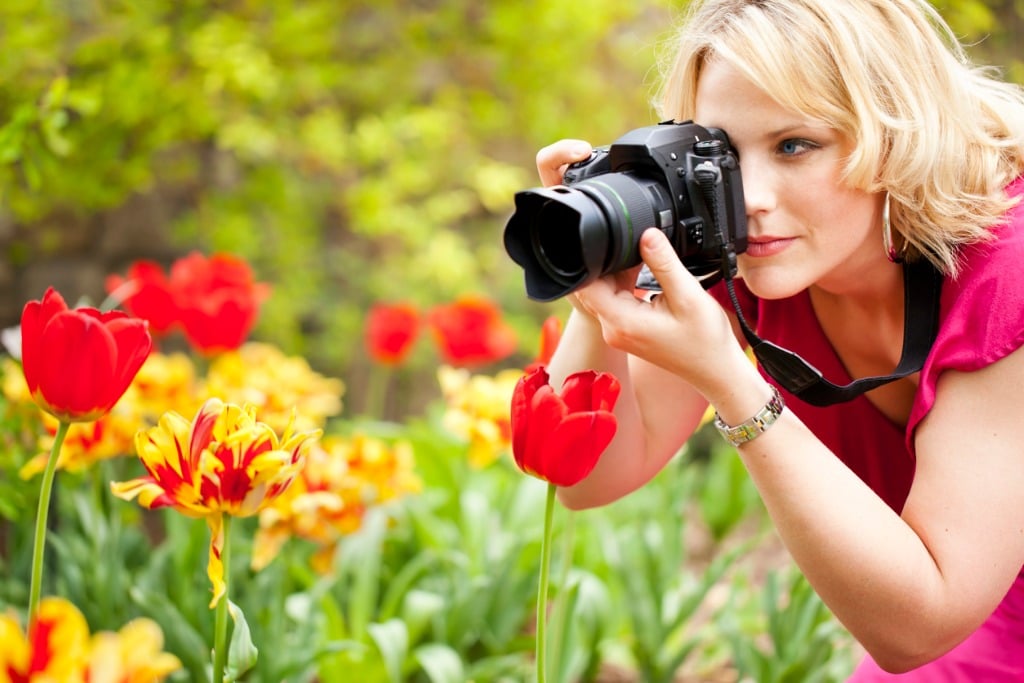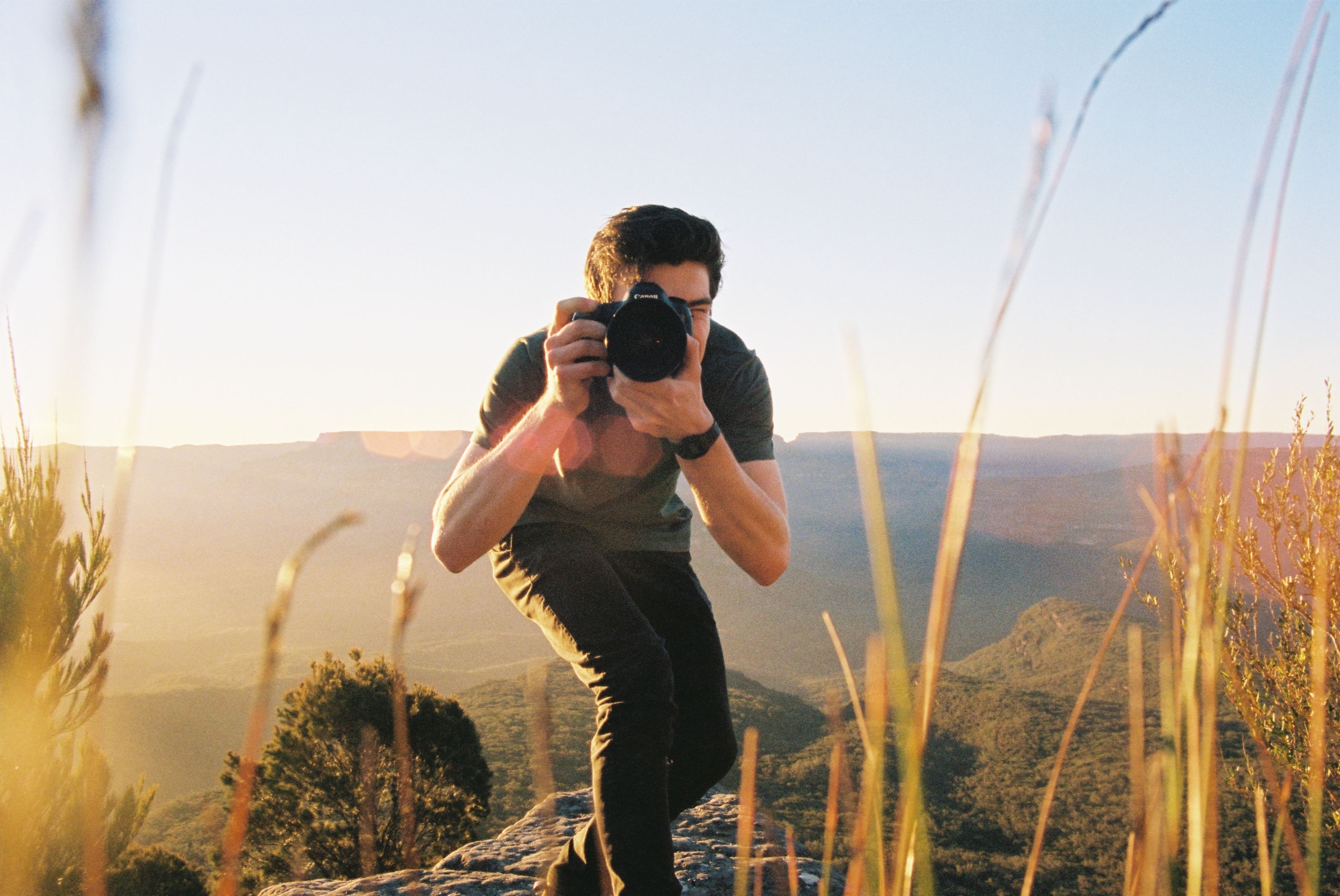Portraying the Artistry: A Comprehensive Exploration of Photography and the Craft of the Photographe
Portraying the Artistry: A Comprehensive Exploration of Photography and the Craft of the Photographer
Introduction
Photography, an art form that transcends time and space, captivates us with its ability to freeze moments and immortalize memories. At the heart of this captivating medium lies the photographer, a skilled individual who possesses a unique blend of technical proficiency and creative vision. In this comprehensive exploration, we delve into the multifaceted world of photography and unravel the intricate craft of the photographer.
The Evolution of Photography
Photography's journey from its humble beginnings to its current state as a ubiquitous form of visual expression is nothing short of remarkable. From the invention of the camera obscura by ancient scholars to the advent of digital photography in the modern era, each milestone has contributed to the evolution of this art form. The pioneers of photography, such as Louis Daguerre and William Henry Fox Talbot, laid the groundwork for future generations to push the boundaries of creativity and innovation.
The Photographer's Toolkit
A photographer's toolkit is as diverse as the subjects they capture. From traditional film cameras to cutting-edge digital equipment, the tools of the trade continue to evolve with advancements in technology. Beyond cameras and lenses, accessories such as tripods, filters, and lighting equipment play crucial roles in shaping the final outcome of a photograph. Moreover, the emergence of photo editing software has empowered photographers to refine their work and unleash their creative potential like never before.
The Art of Composition
Composition, often referred to as the language of photography, is the foundation upon which captivating images are built. From the rule of thirds to leading lines, understanding compositional techniques is essential for creating visually compelling photographs. However, mastery of composition goes beyond mere adherence to rules; it involves a deep understanding of visual aesthetics and the ability to evoke emotion through imagery. Through careful framing, perspective, and timing, photographers transform ordinary scenes into extraordinary works of art.
Capturing Light and Shadow
At its core, photography is the art of capturing light. Understanding the interplay between light and shadow is paramount for achieving striking photographs. Whether harnessing the soft, diffused light of golden hour or embracing the dramatic contrasts of chiaroscuro, skilled photographers manipulate light to sculpt their subjects and convey mood and atmosphere. Moreover, mastering exposure settings allows photographers to achieve the perfect balance of light and shadow, resulting in images that are both technically proficient and artistically compelling.
The Photographer's Eye
More than just technical proficiency, photography requires a keen eye for detail and a unique perspective on the world. The photographer's eye sees beauty in the mundane, transforms chaos into order, and finds poetry in the everyday. It is through their lens that we gain new insights into the world around us, as they capture fleeting moments and immortalize them for posterity. Cultivating this artistic vision is a lifelong journey, shaped by experiences, influences, and personal interpretation.
Specializations in Photography
Photography encompasses a vast array of genres, each with its own unique challenges and rewards. From landscape photography to portrait photography, documentary photography to fashion photography, there is a niche for every aspiring photographer to explore. Specialization allows photographers to focus their skills and develop a distinct style that sets them apart in a crowded field. However, versatility is also a valuable asset, as it enables photographers to adapt to different situations and expand their creative horizons.
Ethics and Responsibilities
With the power to shape perceptions and influence public discourse, photographers bear a weighty responsibility to wield their craft ethically and responsibly. Respect for subjects' privacy, accuracy in representation, and integrity in storytelling are paramount principles that guide ethical practice in photography. Moreover, photographers must navigate complex ethical dilemmas, such as the manipulation of images and the impact of visual media on society. By upholding ethical standards and promoting transparency and accountability, photographers uphold the integrity of their profession.
Conclusion
In conclusion, photography is a multifaceted art form that combines technical skill with creative vision to produce compelling images that resonate with viewers. From its humble beginnings to its current state as a ubiquitous form of visual expression, photography has undergone a remarkable evolution. At the heart of this evolution lies the photographer, whose mastery of composition, light, and perspective transforms ordinary moments into extraordinary works of art. As we continue to explore the boundless possibilities of photography, let us celebrate the artistry and craftsmanship of those who devote their lives to capturing the beauty of the world around us.
Kaynakça
- ^ A. H. Bülbül, Fotoğraf ve Kartpostallarla Süleymaniye Külliyesi
- ^ Orhan Koloğlu, Osmanlı Döneminde Basın Teknikleri ve Araçları
- ^ TDK Derleme Sözlüğü
- ^ Pamukkale Üniversitesi İngilizce Sözlük
- ^ Eş ve Yakın Anlamlı Kelimeler Sözlüğü
- ^ Bulmaca Sözlüğü
- ^ Hani Astolin (2019), Türk'ün Gizlenen Bilgisini Arayan Türk, s. 728: yaçın/fotoğraf negatifliğinin olmamış, bitmemiş, tamamlanmamış (...)
- ^ N. Poppe, Altayca ve Ana Türkçe (çev. Emine Yılmaz) makalesinde yaçın sözcüğünün şimşek anlamında olduğu belirtilmektedir.
- ^ Sunay, Çağlar, Mars'a Nasıl Giderim?, Türkiye İş Bankası Kültür Yayınları, s. 96







![[LIVE] Engage2Earn: McEwen boost for Rob Mitchell](https://cdn.bulbapp.io/frontend/images/c798d46f-d3b8-4a66-bf48-7e1ef50b4338/1)
































